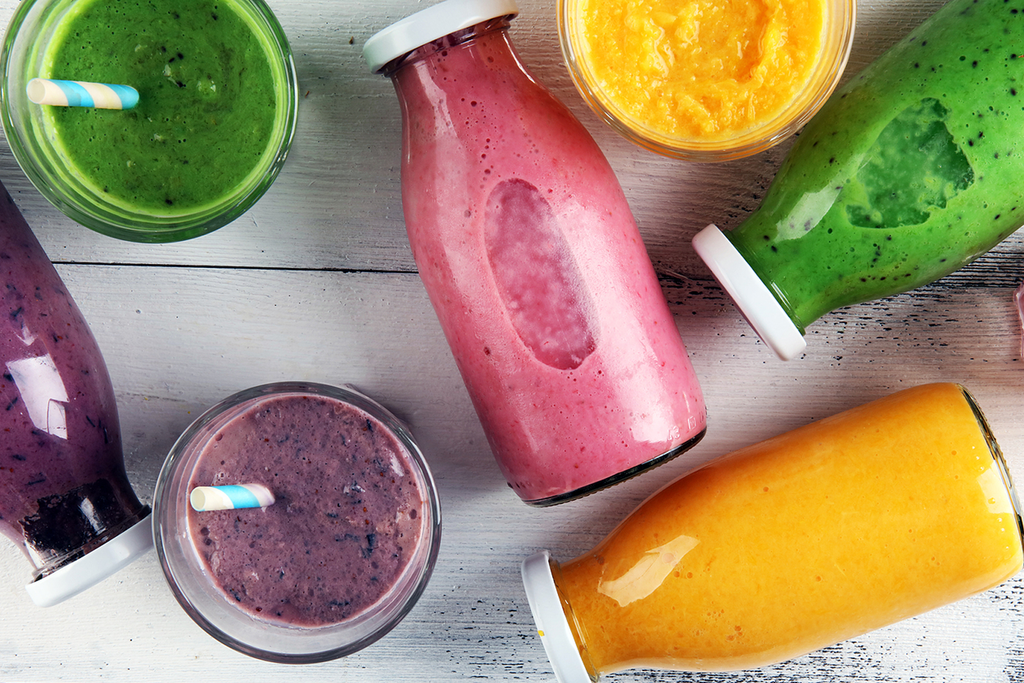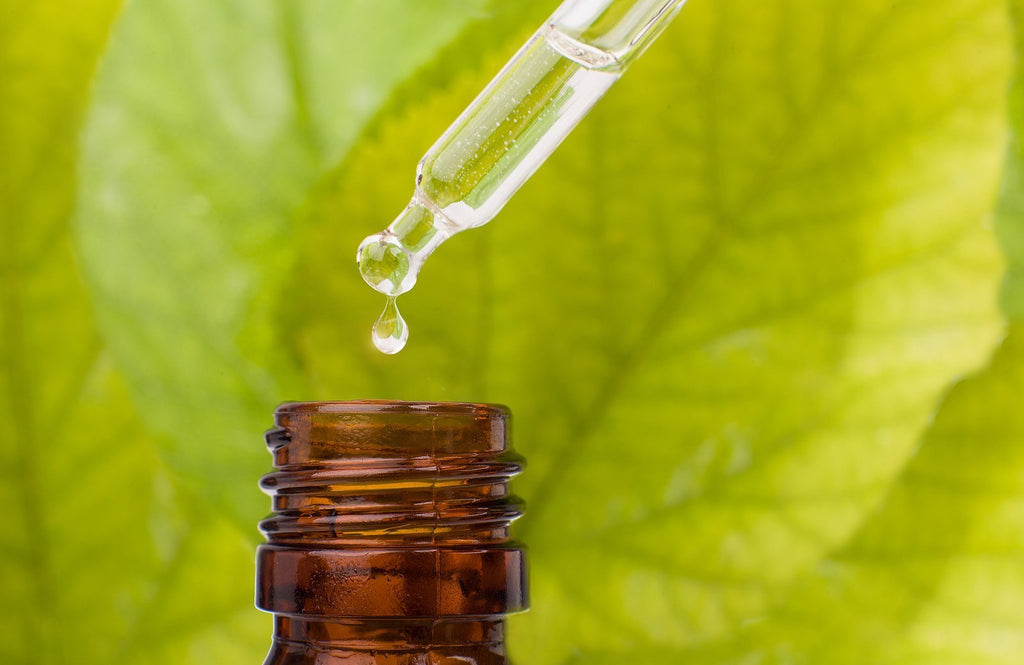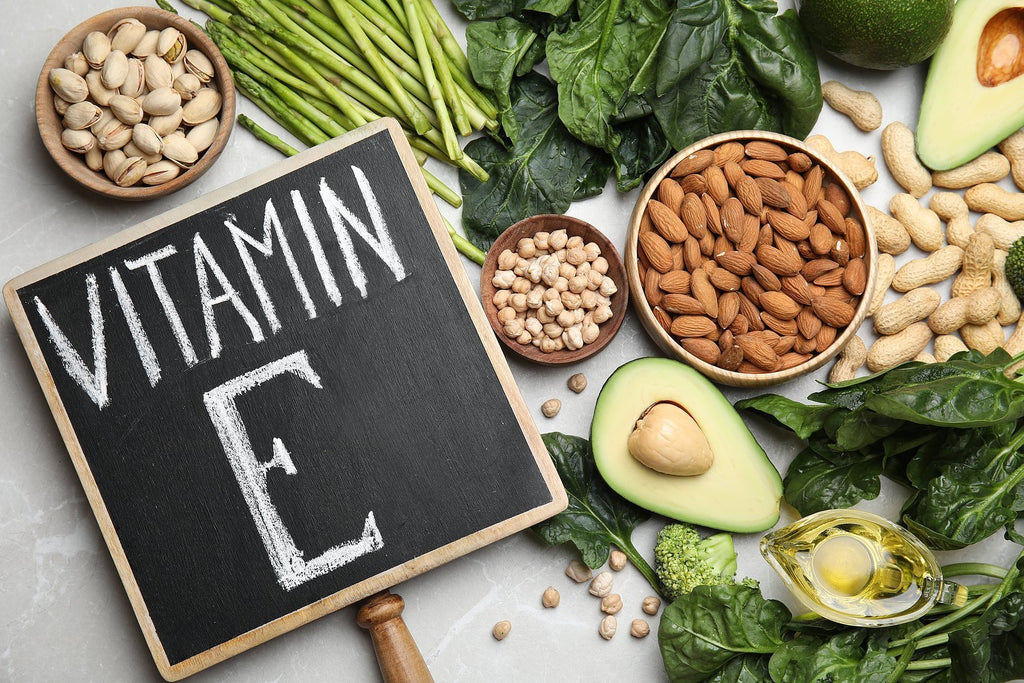Lectins: Friends or Foes?
Lectins are proteins found in a lot of the foods you eat. Sounds harmless right? Well, not so fast – some lectins are at the root of serious health problems. Yet, on the other hand, some are really good for your body.
I know this can be confusing, so allow me to easily sort this out.
First, let’s look at what lectins are and what they do…
What are Lectins?
Lectins are proteins that protect plants. They’re one of nature’s greatest defenses against hungry predators, including humans!
It’s a natural response for a predator to steer clear of a food that previously made them sick – and plants know this! They’ve built their own survival system by containing lectins that wreak havoc on the body when consumed. Lectins are essentially a plant’s “poison” that discourages anything from eating it. Who knew plants were so smart?
This type of defense mechanism is found throughout the animal and insect kingdom too. For instance, there’s a species of primates called the Loris that moves like a sloth. Its slow movement makes it vulnerable to predators, but this creature has it figured out! It has glands that make poison and coat its fur to protect itself from attacks.
A plant’s reproductive ability depends upon the survival of its seed. When seeds end up in stomachs, they don’t fulfill their purpose of helping plants live on. This is exactly why most lectins are concentrated in the seeds of plants.
How do Lectins Affect Humans?
Some lectins are toxic and can cause health problems.
Toxic lectins promote:
- digestive issues
- intestinal damage / leaky gut
- bloating / gas
- nausea
- weight gain
- nutrient deficiencies
Foods That Contain Toxic Lectins
Completely avoiding lectins is impossible! But don’t worry, some are actually beneficial and safe to eat. Just focus on limiting or avoiding the ones that are harmful. If you do eat them, follow preparation methods to minimize their damage.
Toxic lectins are in two categories, agglutinins and prolamins.
It’s not important to memorize these terms, but rather know where they’re found:
- grains – wheat, corn, rice, barley, rye, sorghum, oats (GLUTEN is a well-known lectin)
- pseudo-grains (quinoa, buckwheat, amaranth, chia)
- legumes
- nightshade fruits and vegetables
- grain fed dairy and meats
- genetically modified crops
GMO foods usually contain MORE of these toxic lectins to protect themselves from insects.
Minimizing Lectin Damage
These proteins can be broken down and destroyed with certain cooking and preparation methods:
- peeling / deseeding – fruit and vegetables
- pressure cooking – tomatoes, potatoes and beans
- soaking / sprouting – grains
- fermenting – vegetables
Soy, peanuts and kidney beans contain lectins that are impossible to destroy, so just avoid eating these kinds of legumes altogether.
Legumes with edible pods contain lectins that are more easily destroyed by cooking. These are considered safer to eat and include green beans, sugar snap and snow peas.
Lectins That are Safe in Moderation
As I mentioned, lectins are everywhere, even chocolate!
These foods have lectins but are safe to eat in moderation:
- walnuts / sesame / chia seeds
- coconut
- berries
- citrus
- watermelon
- banana (high sugar fruit – limit)
- cherries
- grapes
- dark chocolate
Friendly Lectins you Shouldn’t Fear
Alright, you know about harmful lectins, so let’s talk about the good ones. These friendly lectins help your body function in many ways. They support cell communication and boost your ability to fight bad bacteria and viruses. They can even help prevent cancer!
Friendly lectins are found in the following nutritious foods:
- asparagus
- garlic, onion, celery
- mushrooms
- avocados
- cruciferous veggies – cauliflower, broccoli, cabbage, bok choy, Brussels sprouts
- leafy greens – kale, spinach, chard
- olives
- root veggies – carrots, beets, sweet pot
Lectins are Both Friends and Foes
There’s no way to be 100% lectin free, and besides you wouldn’t want to, since some are beneficial to your health.
Just focus on avoiding or limiting toxic lectins the best you can. This is one way to support your digestive system and stave off weight gain! Also, limit damage by taking time to prepare your food in a way that reduces lectin content. Since gluten is one of the most harmful lectins, I highly recommend going gluten free!
If you’d like to learn the science behind how lectins attack your body, click here.
Sharing is caring
Know Your Body - Know Your Health






